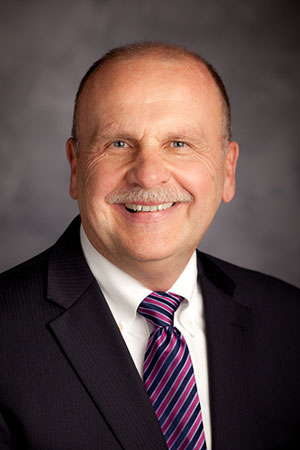While much of the health care domain is characterized by efforts to treat disease, an important portion of it is oriented toward enhancing health promotion and disease prevention. The November 2019 issue of the American College of Sports Medicine’s (ACSM's) Health & Fitness Journal features articles and columns dedicated to several top trends in the 2019 fitness survey, a study in its 13th consecutive year of being conducted. Responses came from more than 2,000 health fitness professionals from around the world and these respondents represented all sectors of the industry: commercial, clinical, community, and corporate. This annual survey is viewed as being useful because it emphasizes the value of appreciating the differences between trends and fads in the fitness industry, helping to make important investment decisions and programming decisions for future growth and development. Despite the inherent difficulty of predicting the future of any industry, the survey helps to track trends that can assist owners, operators, program directors, and health fitness professionals with making important business decisions.
Wearable technology took over the #1 spot for 2019 after dropping to #3 in 2018, which may be the result of manufacturers correcting some monitoring inaccuracies of the past. High Intensity Interval Training (HIIT), the #1 trend in 2014 and 2018, fell to #3 for 2019. Group training made a significant return in 2017 as the #6 trend and has been the #2 trend for the past two years (2018 and 2019). Fitness programs aimed at older adults have regained some popularity after falling out of the top 10 trends in 2017, appearing at #9 in 2018 and becoming #4 for 2019. Bodyweight training first appeared as a fitness trend at #3 in 2013 and has been a top five fitness trend since that time, realizing a peak as the #1 fitness trend in 2015. In 2019, bodyweight training is the #5 fitness trend. A new trend to watch will be the employment of certified fitness professionals, a new potential trend for 2019 (#6) replacing educated, certified, and experienced fitness professionals, which was determined to be too broadly defined for this survey. Other trends to watch are mobile exercise apps, worksite health promotion and workplace well-being programs, outcome measurements, and post-rehabilitation classes.
More Articles from TRENDS October 2018
MICROBIOME’S OMNIPRESENT UNSEEN GUESTS
The Microbiome is one of many layers that have an impact on the interaction between patients and their health caregivers. Read More
PRESIDENT’S CORNER—ASAHP MEMBER FOCUS
Patricia Prelock, Professsor and Dean of the College of Nursing and Health Sciences at the University of Vermont, is featured in this issue of TRENDS. Read More
REFLECTIONS ON AN EXPERIMENT IN DEMOCRACY
The three branches of the federal government function cooperatively in many instances to meet the needs of the populace. Read More
HEALTH REFORM DEVELOPMENTS
Discusses how proposed rules are aimed at providing health coverage to employees, how medical needs are addressed in the Medicaid program, and survey results of workers’ views on their health care coverage. Read More
DEVELOPMENTS IN HIGHER EDUCATION
The U.S. Department of Education announced negotiated rulemaking for accreditation and innovation, while final Department regulations for borrower defense and gainful employment are delayed. Read More
QUICK STAT (SHORT, TIMELY, AND TOPICAL)
U.S. Adults Who Should Take Statins For Heart Disease Prevention Fail To Do So
Fast Food Consumption By U.S. Adults
Use of Biological Swimmers As Cargo Delivery Agents In Blood
Novel Devices For Studying Acute And Chronic Mechanical Stress In Retinal Pigment Epithelial Cells Read More
AVAILABLE RESOURCES ACCESSIBLE ELECTRONICALLY
2017 National Healthcare Quality And Disparities Report
Interoperability Among Health Care Technologies
Enhancing High Schools As A Driver Of Individual Mobility And Community Progress Read More
GENDER PEER EFFECTS IN DOCTORAL STEM PROGRAMS
Peer gender composition in the training process of stem doctoral degrees is discussed. Read More



